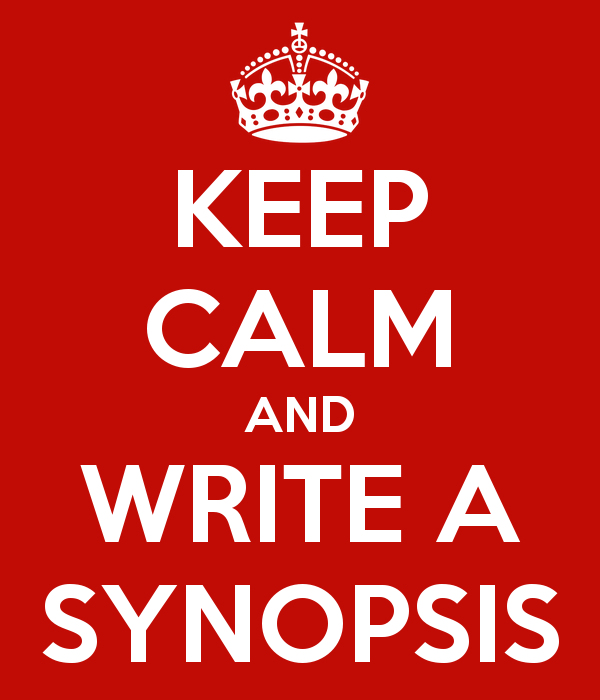 The first part of this series examined the Query Letter. In this column, we’ll look at the synopsis.
The first part of this series examined the Query Letter. In this column, we’ll look at the synopsis.
Most publishers will be specific about the length of synopsis that they want to see. If they want 3-5 pages, you don’t want to submit just one page; and vice versa. So go to their website and search for instructions. Don’t give an editor an easy excuse to reject your submission package simply because you did not follow their guidelines. Check for instructions about font, margins, header/footer, and line spacing, too.
A synopsis is simply a summary of your content:
- Theme: What does the novel mean? What is the spiritual take-away? What is the lesson that can be learned? What is the conclusion the reader should draw?
- Characterization: How the main character changes / grows during the story.
- Setting: Time and place.
- Plot points:
- Normal setting of main characters
- Conflict / Call to action
- Events with rising conflict
- Dark moment / Final Test / Climax
- Aftermath / New normal
I urge you to try writing out steps 1, 2, and 4 of the Snowflake Method to help you draft a synopsis.
Start with your hook: the event that gets the main character moving on their journey.
Focus on the facts. Don’t embellish with descriptions on your first draft; you can add these details sparingly later (if there is room). This doesn’t mean leave out the emotions of the characters. Be sure to include the critical emotional development points of the main characters.
Leave out any characters that aren’t *essential* to the plot. Try writing your synopsis with *only* the main characters. Then review the presented plot for holes, and add in only the character(s) absolutely necessary to fill those holes.
Leave out subplots that aren’t *essential* to the main plot. Be sure that your final paragraph shows how the major plot points are resolved.
A synopsis can be dry reading, so you need to apply your creative writing skills to your first draft to make it more compelling. Your first paragraph needs to be intriguing. Add your voice to the synopsis by making it sound as if the main character were reading you the synopsis (i.e., they are telling you a story. But not in first person: use third person, active voice).
Personally, I love novels that employ the Hero’s Journey, so I want a synopsis to clearly show me that each of those steps is included in the story.
Come back next month because I will be explaining common items included in a publisher’s “Author’s Questionnaire”.
Leave a comment: What do you find to be the hardest part of writing a synopsis? Have any tips to share on something that helped you?
